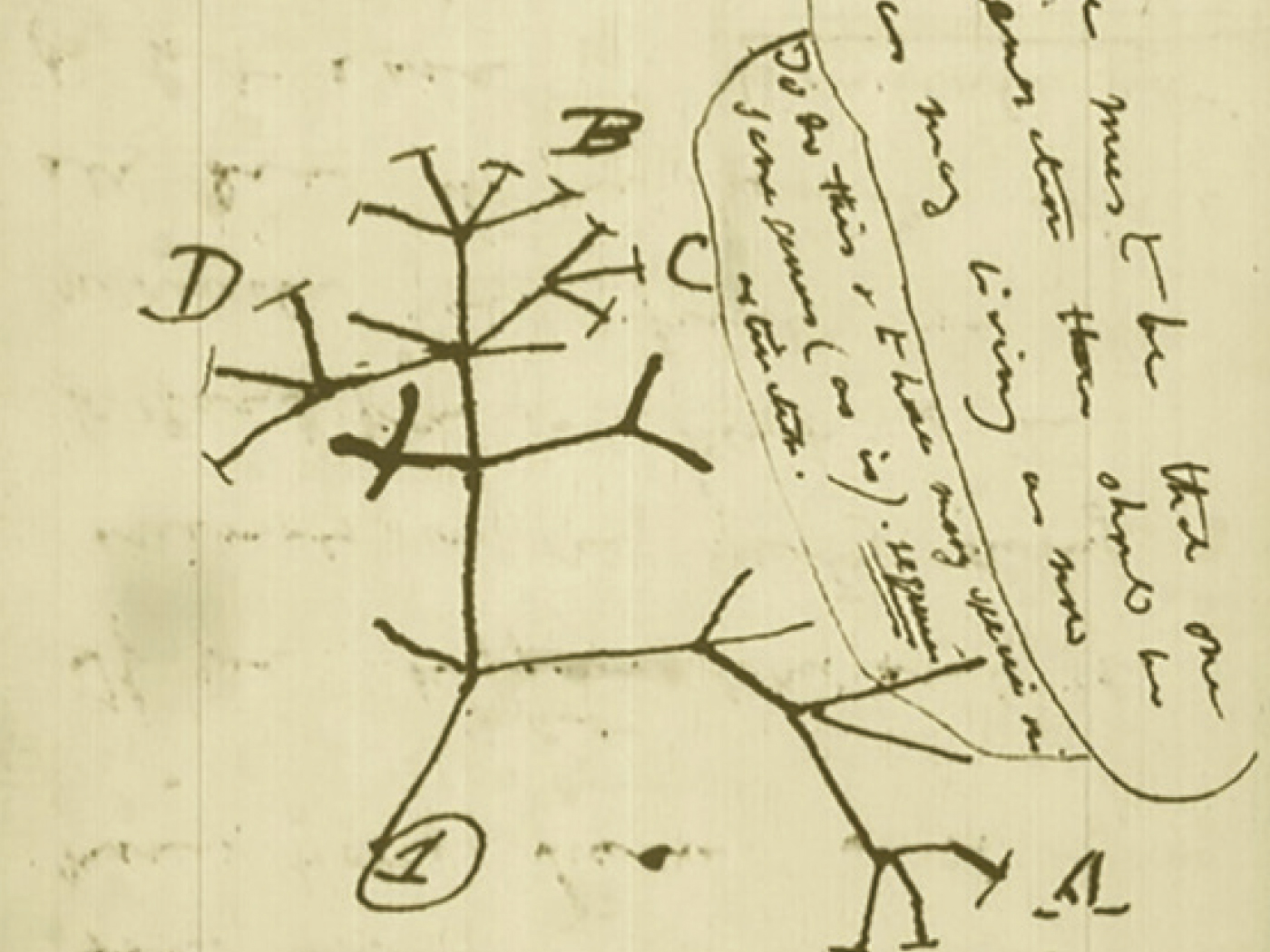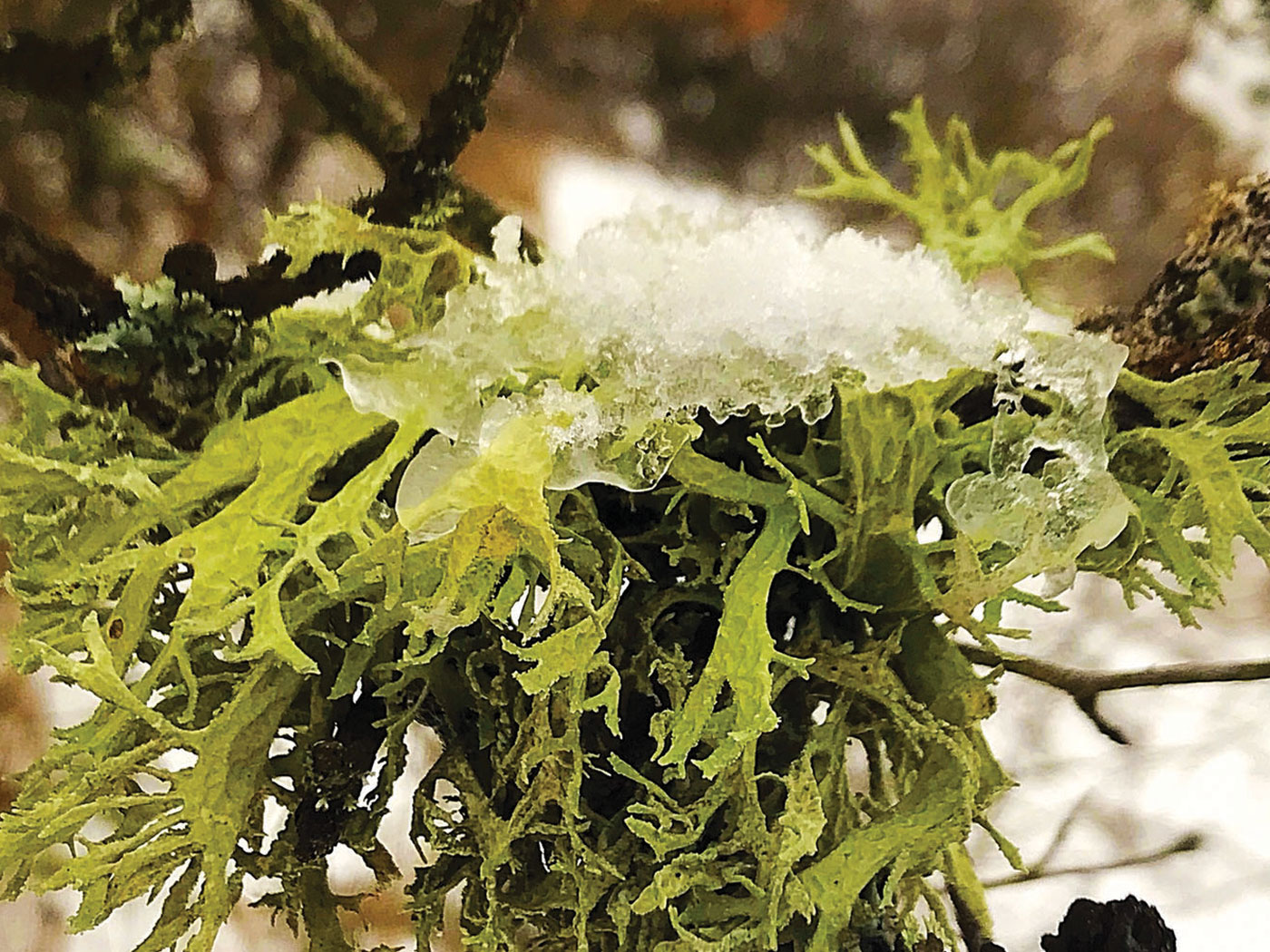We appreciate the beautiful butterfly, but not so much the pesky moth. However, the wing structure of both creatures is amazing, “The wings of moths and butterflies are densely covered in scales that exhibit intricate shapes and sculptured nanostructures.”1
In addition, much research has been conducted regarding the remarkable abilities of the bat to navigate and hunt in the dark for tasty moths.
But as effective as the bat sonar is, it has been found that some species of nocturnal moths (e.g. the Chinese silk moth, Antheraea pernyi) are able to evade its highly sophisticated tracking system due to tiny scales on their wings.
Scientists have discovered the surface of moth wings have been designed with an incredible sound-absorbing surface called metamaterial.3 They believe this is the first acoustic metamaterial found in nature and actually creates “acoustic camouflage against bat echolocation.”1 The wing surface functions “as efficient sound absorbers through the action of the numerous resonant scales that decorate their wing membrane.”3
One can only be astounded by the high degree of extremely small (or nano-engineering) that went into covering the wings with different sizes of scales that would then have different resonant frequencies giving broadband acoustic absorption (i.e. the scales take in and “hold” the sonar pulses of the bat, as opposed to the pulses being reflected back).
What an altogether unique way to ensure virtually all phases of bat sonar would be absorbed (about three octaves of sound) therefore making the moth virtually invisible to the bat!
How did such amazing acoustic camouflage come about in these moths? Non-evolutionists should not be intimidated when phrases such as ‘have evolved’ are used. Shen et al stated, “The scales on moth wings have evolved to reduce the echo returning to bats.”1 But it is just as scientific to say, “The scales on moth wings are designed to reduce the echo returning to bats.”
Furthermore, encountering statements such as, "In all likelihood, this natural metamaterial has been sculpted by millions of years of evolution...."4 can be adjusted to say, "In all likelihood, this natural metamaterial has been sculpted by the hand of the Creator...."
Not surprisingly, “there has been a growing interest in bioinspired metamaterials, with researchers looking to nature for clues into designing the next generation of advanced metamaterials.”3 Scientists appreciate such microengineering, but they are attempting to copy what God—not nature—has designed in the bat just thousands of years ago.
References
1. Shen, Z. et al. Biomechanics of a moth scale at ultrasonic frequencies. PNAS. Posted on pnas November 12, 2018, accessed August 17, 2022.
2. Tomkins, J. Complex Creatures Engineering Requires a Creator. Creation Science Update. Posted on ICR.org July 31, 2019, accessed August 17, 2022.
3. Neil, T. et al. 2022. Moth wings as sound absorber metasurface. Proceeding of the Royal Society A. 478:2262.
4. Cassella, C. 2020. Moth Wings Have Evolved a Rare 'Metastructure' We've Been Trying to Make in The Lab. ScienceAlert. Posted on sciencealert November 28, 2020, accessed August 17, 2022.
*Dr. Sherwin is Research Scientist at the Institute for Creation Research. He earned an M.A. in invertebrate zoology from the University of Northern Colorado and received an Honorary Doctorate of Science from Pensacola Christian College.












